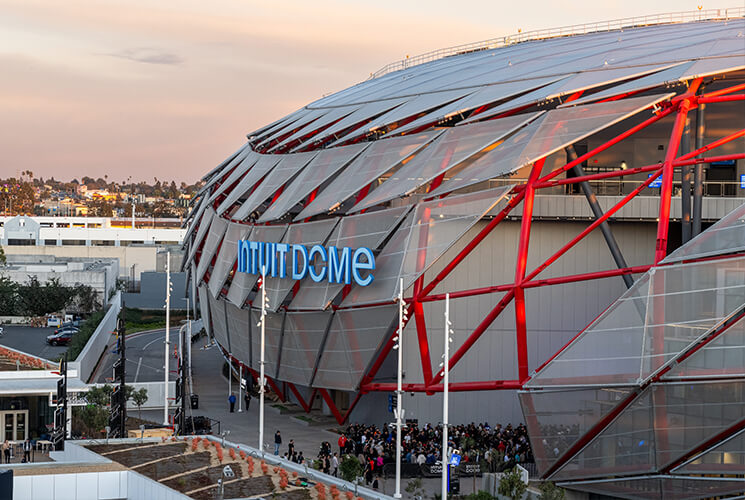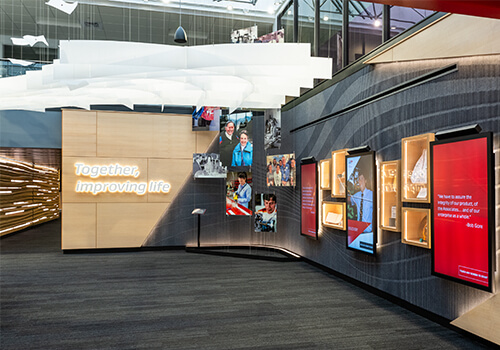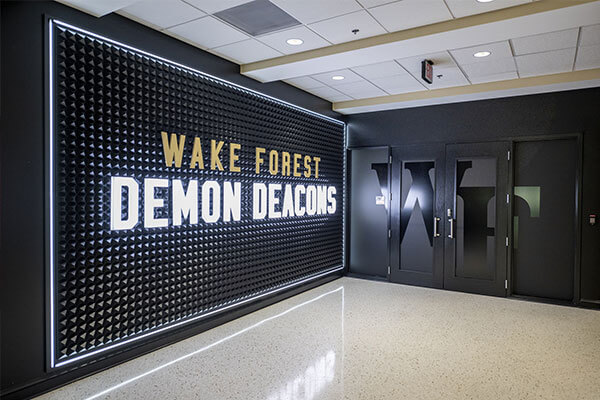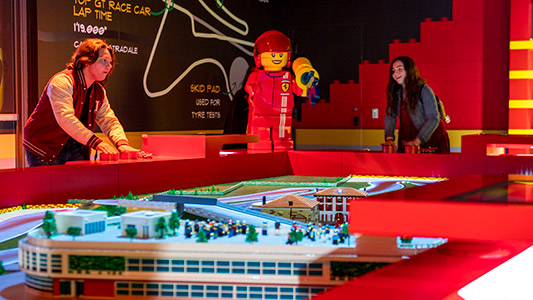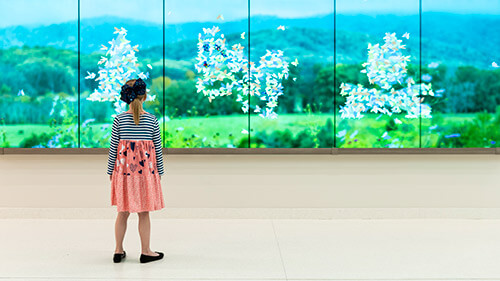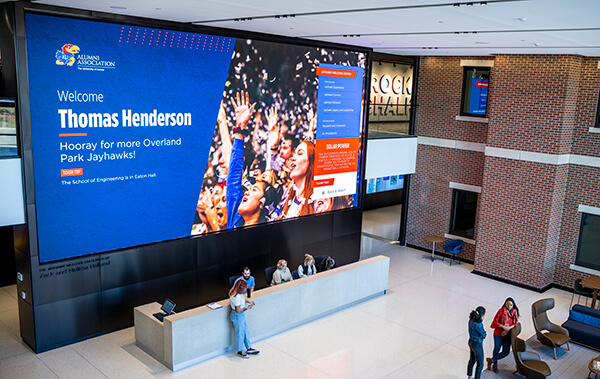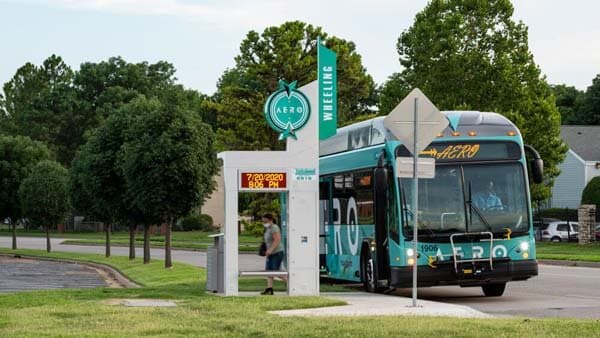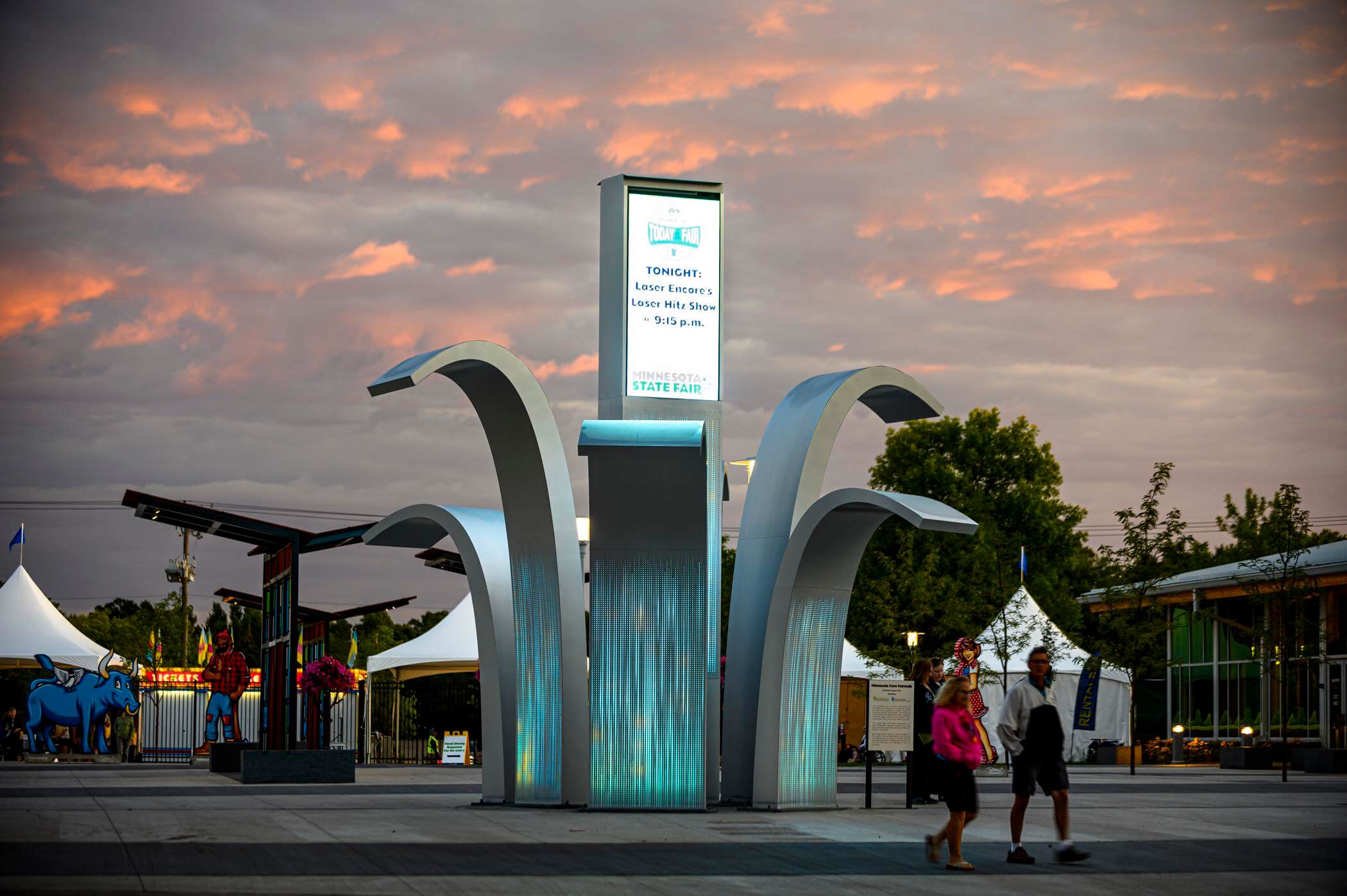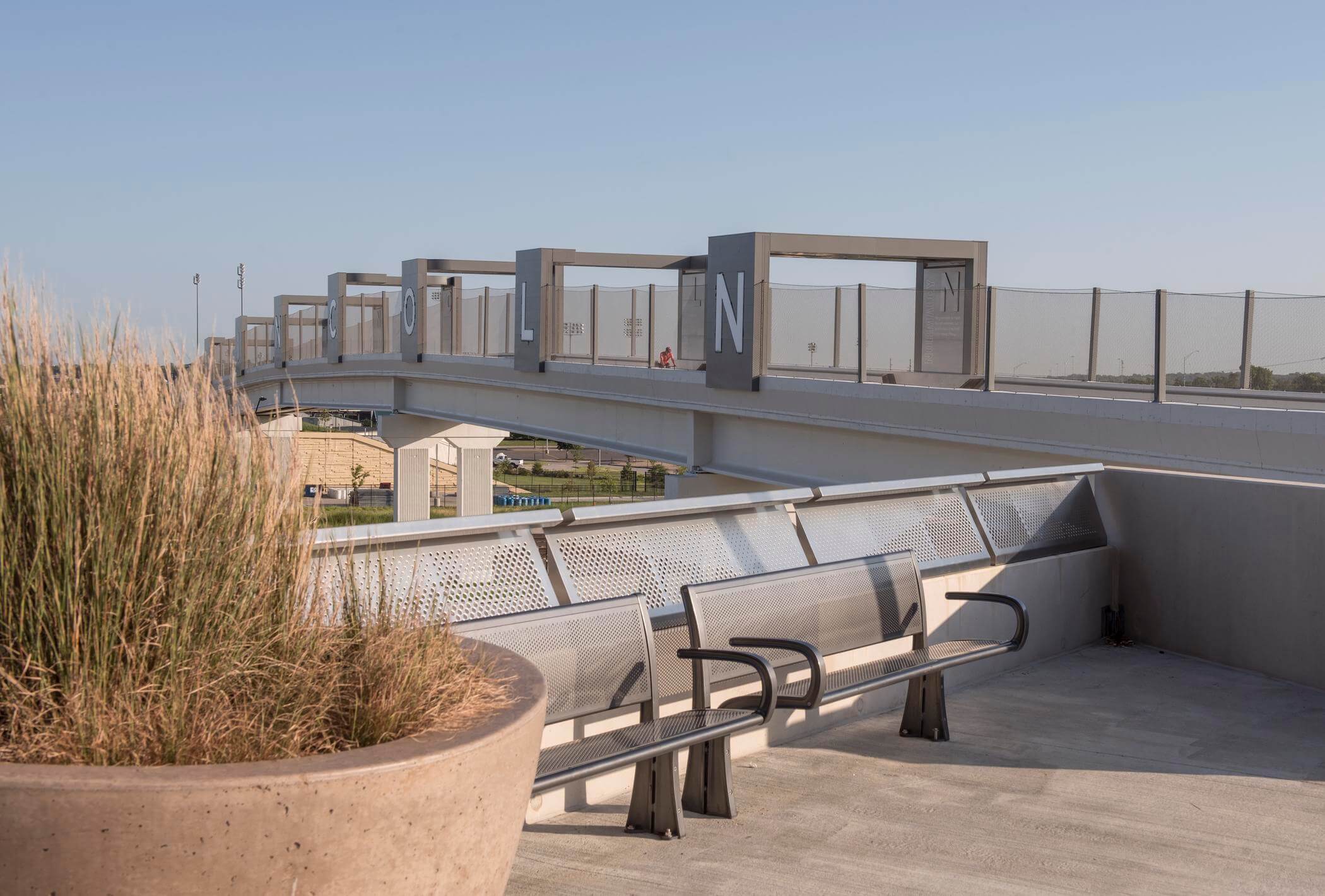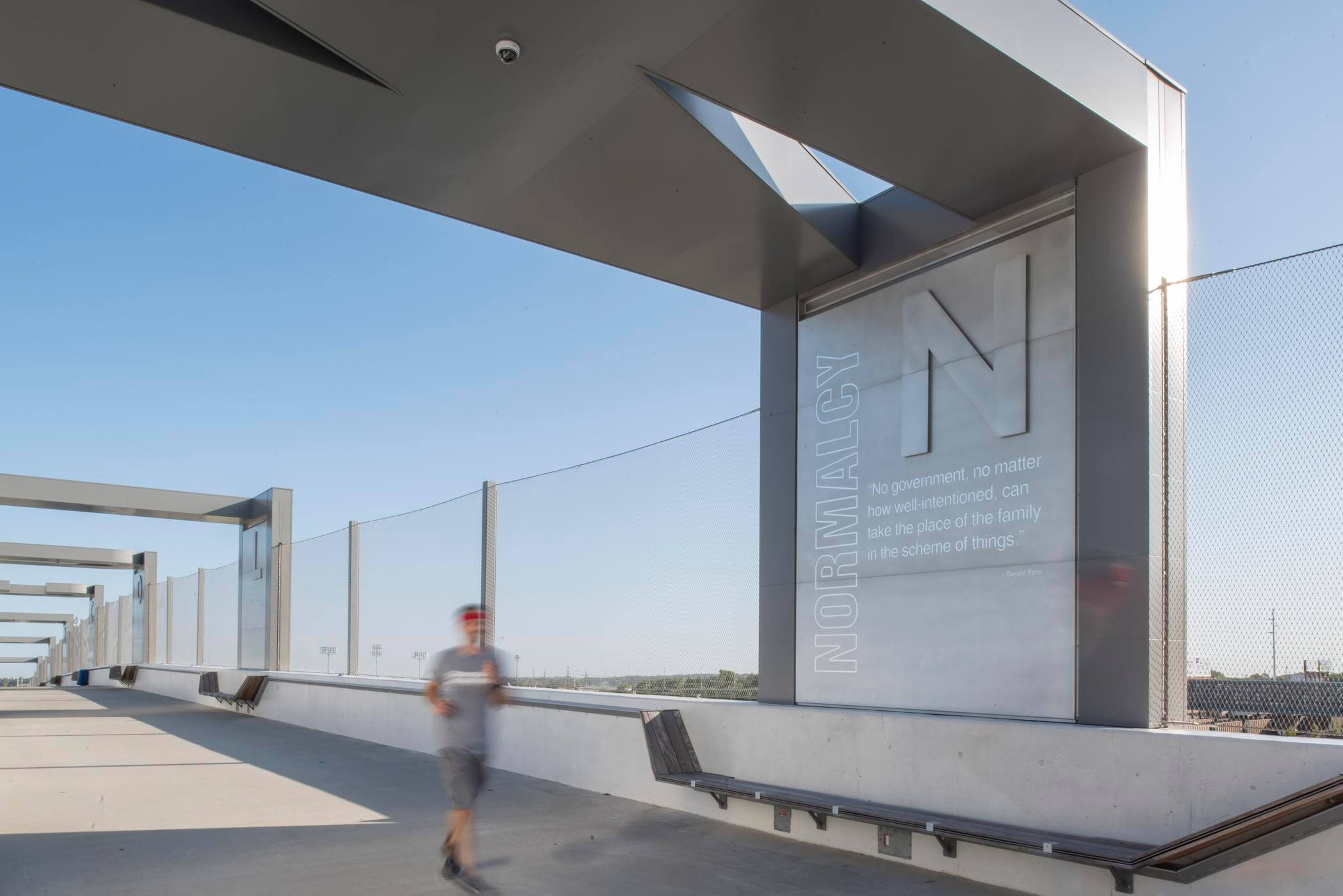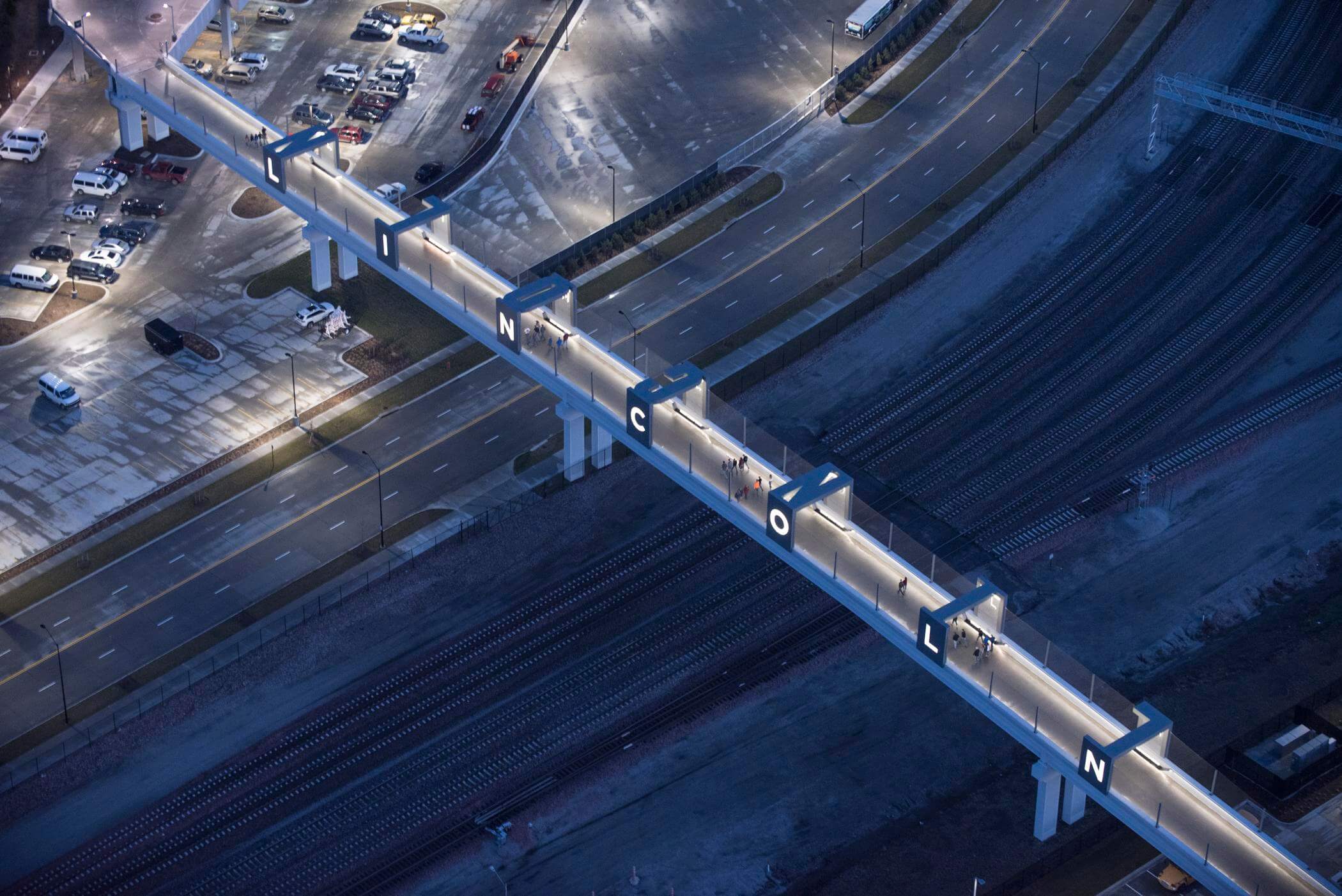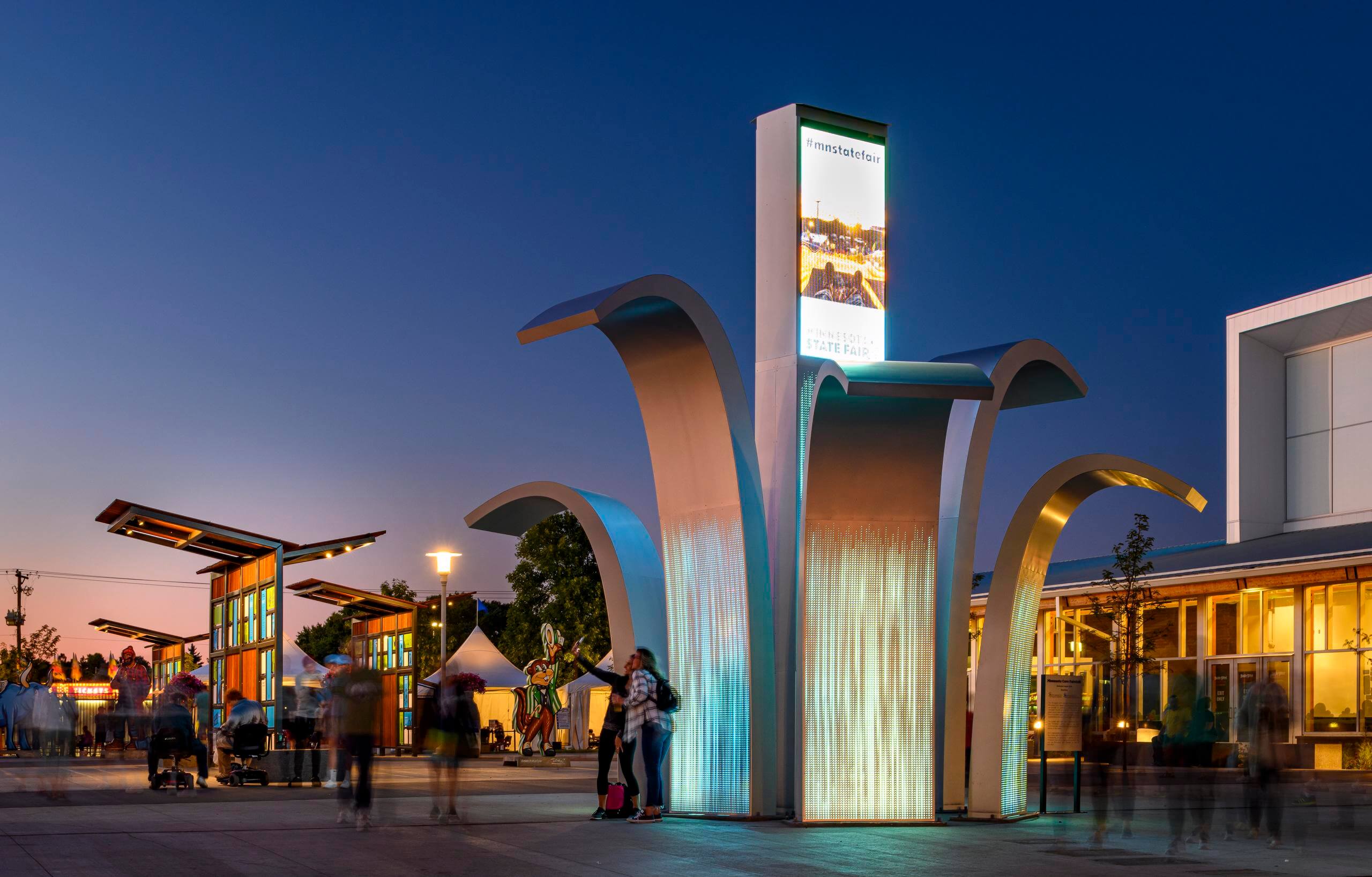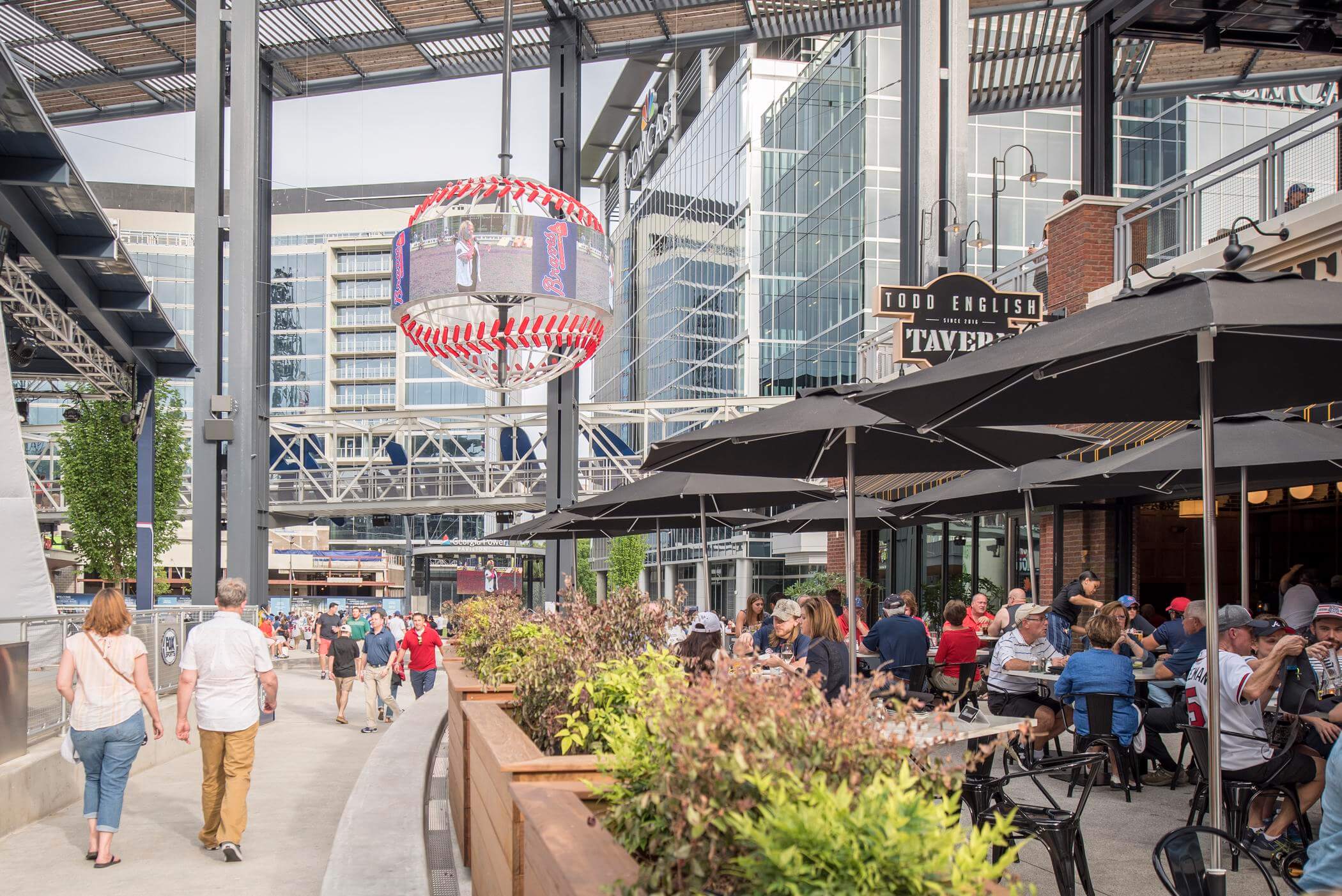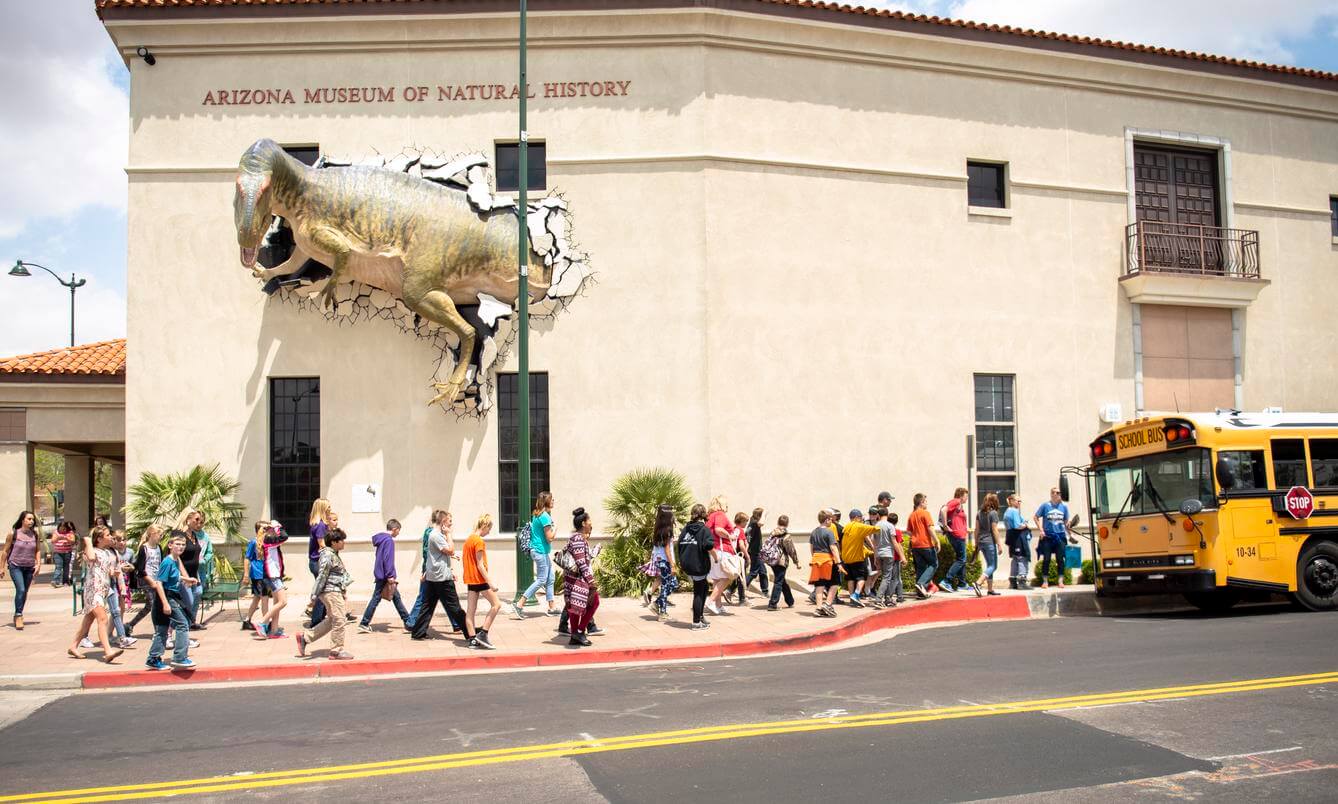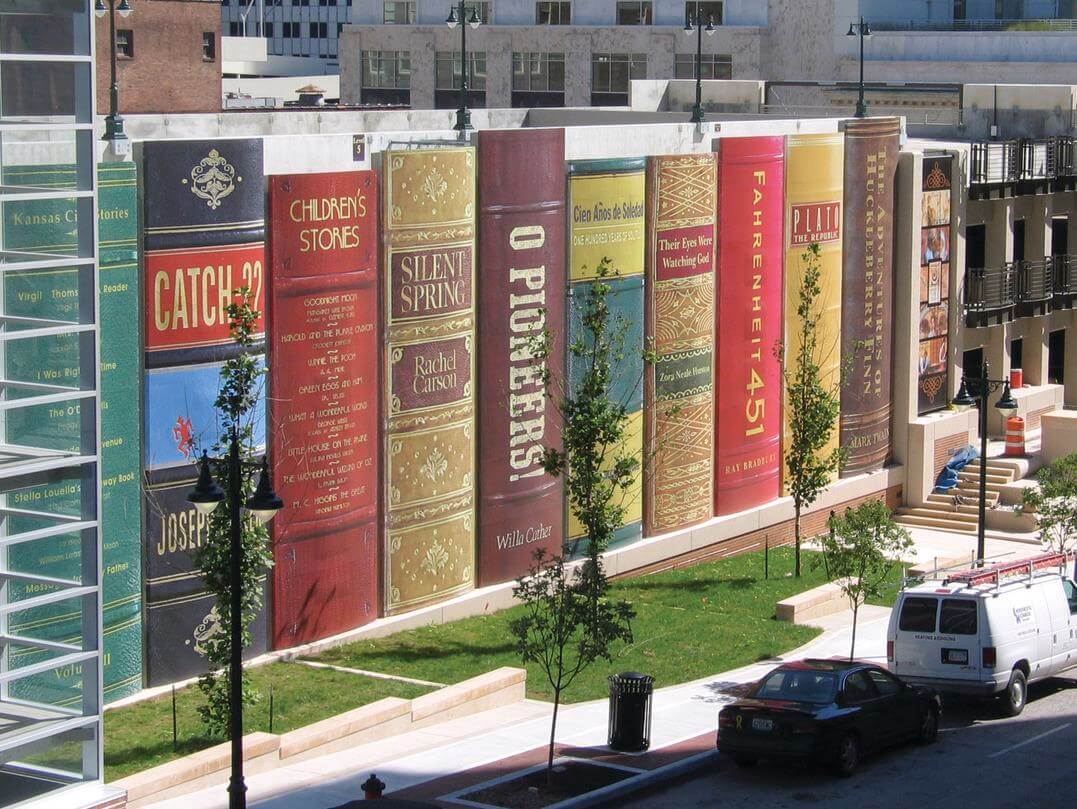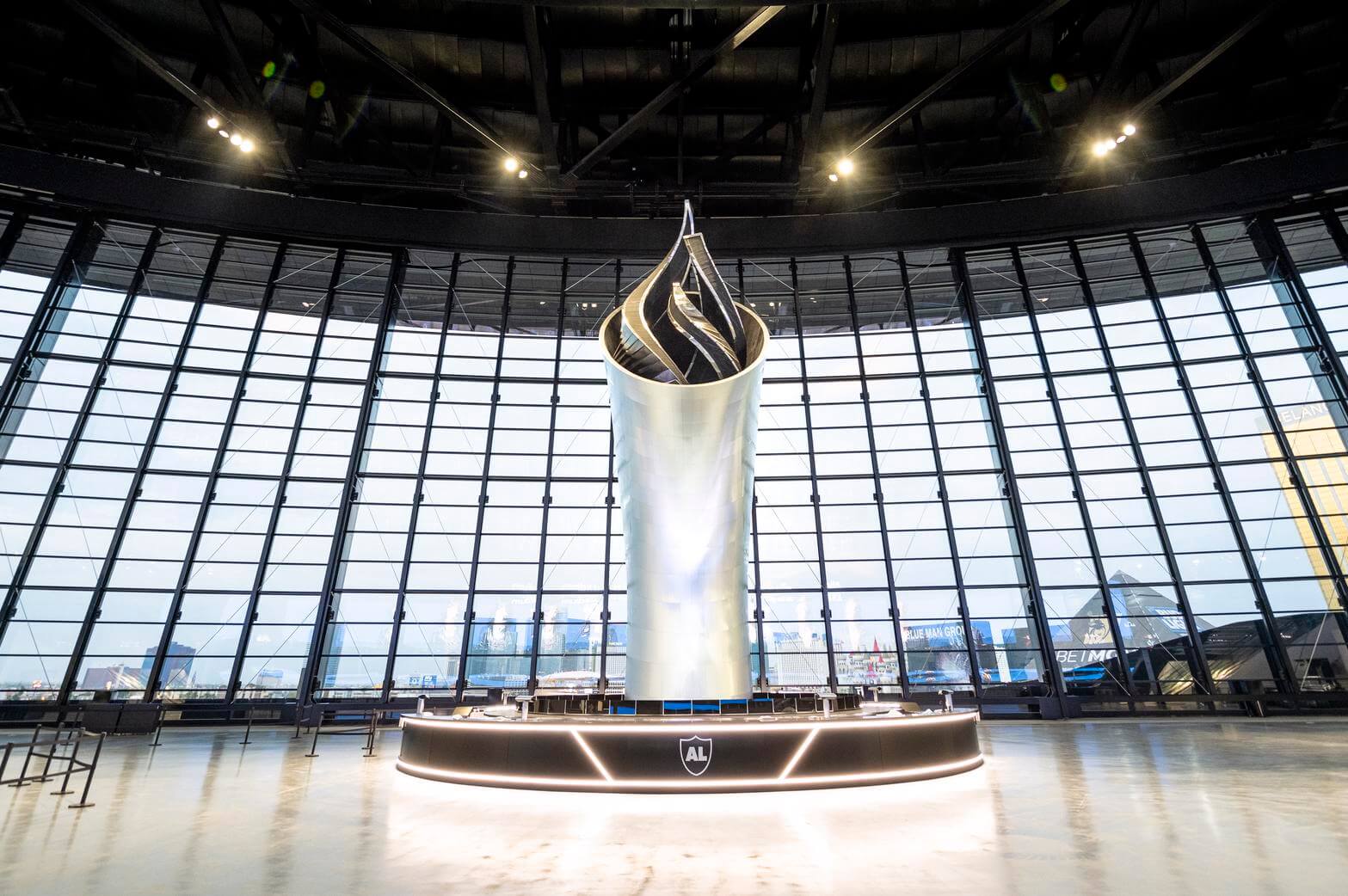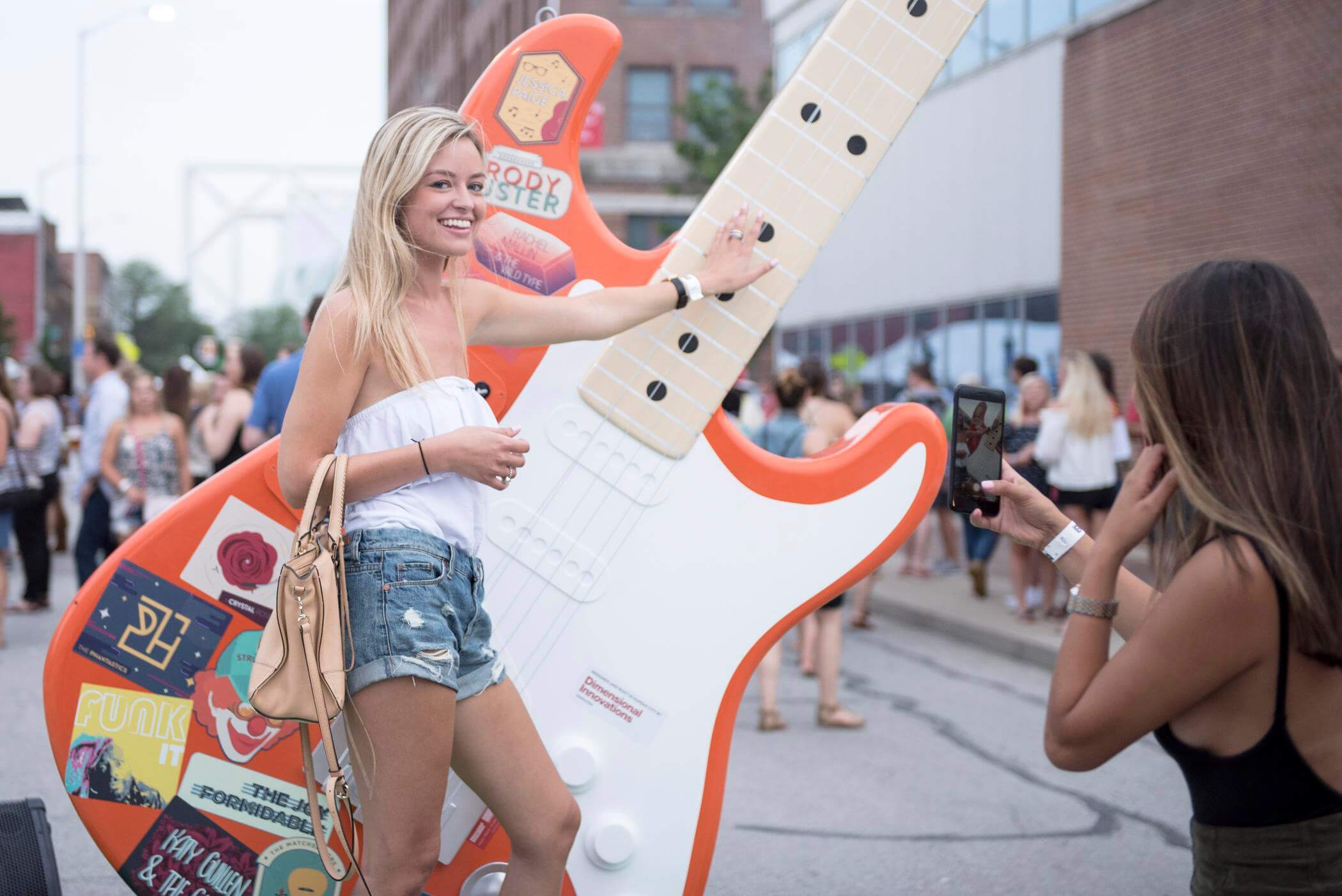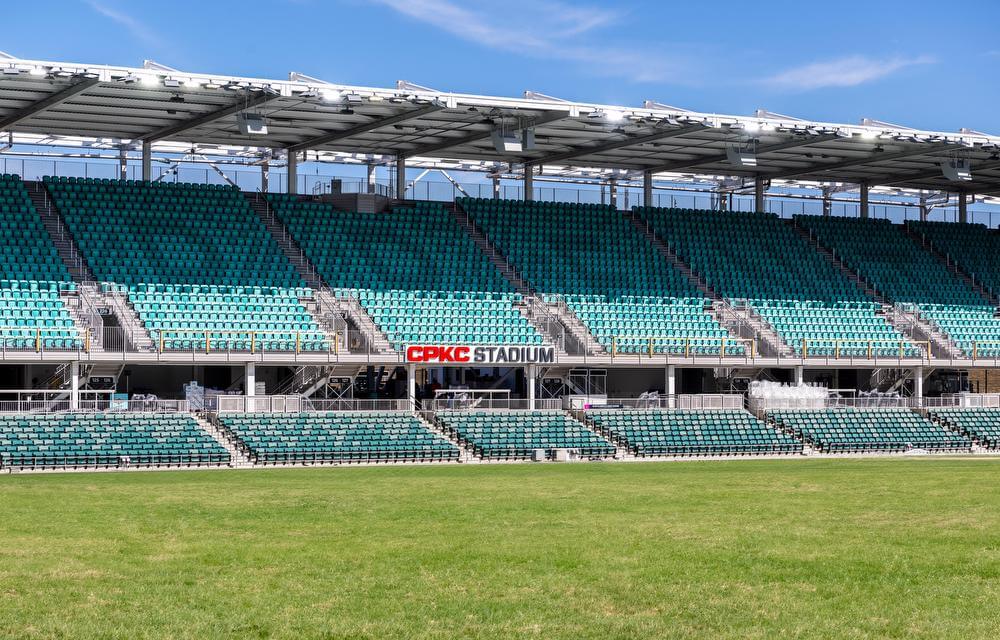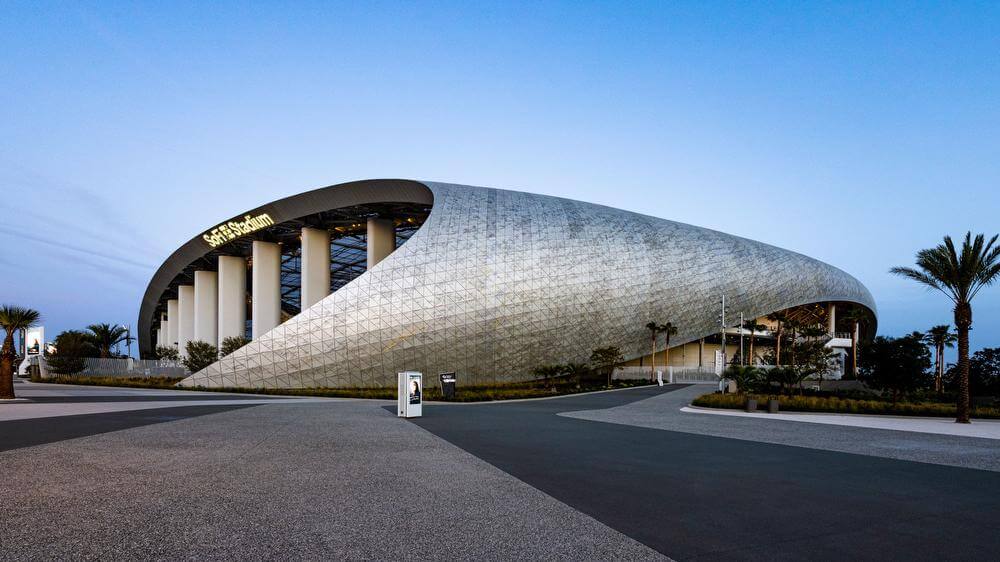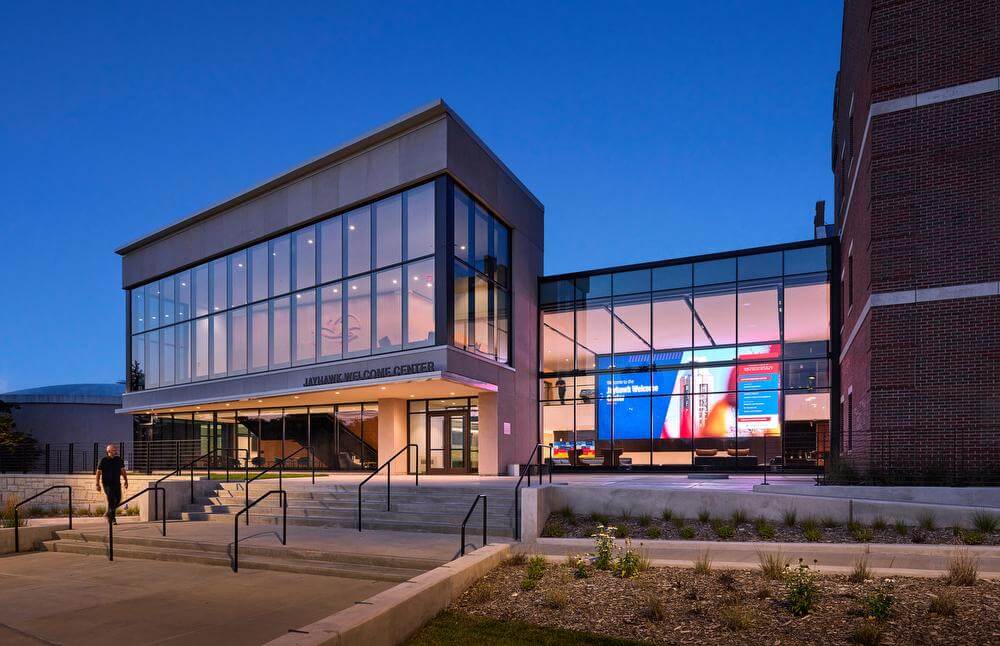At Dimensional Innovations, we believe every great place begins with a strong sense of purpose – and ends with people who want to return again and again. Placemaking creates quality public spaces that invite connection, inspire activity and create lasting impact.
Redefining Place: The Evolution of Placemaking
The term placemaking has its roots in mid-20th-century urban planning movements, most notably shaped by the work of Jane Jacobs and William H. Whyte. Their advocacy for vibrant sidewalks and lively street corners planted the seeds for today’s more interactive, participatory approach. Now, placemaking is driven not just by professionals, but by people – from residents and business owners to artists and advocates – who want to build better, more connected cities.
Through placemaking project initiatives, forgotten lots become plazas, aging transit corridors become walkable hubs and traditional zones of commerce turn into gathering spaces that support wellness, inclusion and creativity.
The Role of Placemaking in Modern Urban Life
Placemaking is now central to urban design and community development strategies around the world. Cities are learning that designing for infrastructure alone is no longer enough. People seek meaningful connections and a sense of ownership in their public spaces.
By activating a public space with thoughtful amenities, community storytelling and gathering areas, placemaking generates long-term value – economically, culturally and socially. It also encourages community engagement, giving residents a platform to influence the spaces that shape their everyday lives.
Through this lens, placemaking isn’t just an outcome – it’s a process. A philosophy. A chance to build stronger cities by starting with people.
Principles That Drive Community-First placemaking
No two communities are the same – and that’s exactly the point. Successful placemaking is rooted in hyperlocal insight and inclusive design processes. Whether you're co-creating with a neighborhood alliance or designing for a regional destination authentic participation is non-negotiable.
Community-first placemaking is generally guided by:
- Inclusivity: Every person has a stake in how public places function and feel.
- Collaboration: Projects benefit from cross-sector partnerships, including local government, businesses, nonprofits and creative professionals.
- Flexibility: Community needs change and great spaces adapt accordingly.
- Representation: Spaces should reflect the unique identities, cultures and histories of those who inhabit them.
Public-private partnerships in placemaking play a vital role in funding, supporting and scaling projects. These collaborations bring together resources, expertise and community leadership – resulting in more sustainable outcomes.
Cultural Expression Through Creative Placemaking
Creative placemaking is one of the most impactful expressions of the discipline. By leveraging local art, storytelling and performance, it infuses everyday places with meaning.
From murals that tell a neighborhood’s history to public art installations that invite touch, sound or light, these cultural elements transform environments into deeply resonant experiences.
When local culture is honored, urban space becomes a stage for identity and pride. This approach not only promotes belonging but strengthens the emotional connection between people and place.
Strategic and Tactical Tools That Make Place Matter
Placemaking is about more than bold ideas – it’s about building spaces that work for people now and in the future. Both strategic placemaking and tactical placemaking are needed to bring lasting impact and immediate connection to life.
Strategic placemaking is long-term and big picture. It aligns with civic goals like improved transit, tourism growth, economic development and sustainability. These projects are built to last and are often woven into broader urban planning efforts. From reimagining downtown corridors to supporting a city’s identity through destination design, this approach lays the foundation for growth and legacy.
Tactical placemaking is quick, creative and often temporary. It brings energy and experimentation to a space – think pop-up installations, colorful street murals, outdoor seating activations or community-built mini parks. These flexible, low-cost interventions invite community feedback, encourage participation and show what’s possible before larger investments are made.
Both strategies benefit from thoughtful design and strong community involvement. At DI we lead with human-centered design in placemaking, starting with the people who use the space every day. Their behaviors, values and needs shape our design thinking from the ground up.
That approach drives how we create immersive urban spaces – places that combine storytelling, lighting, texture, sound and technology to engage all the senses. Our team brings together fabrication, interactive technology, wayfinding and branding expertise to build interactive public spaces that feel meaningful and intuitive. These aren’t just spaces to pass through – they’re experiences that invite people to stay, explore and return.
We also focus on brand storytelling in placemaking, weaving emotion and identity into the environment. Whether it’s honoring a local legend with sculptural elements or using visual cues to walk visitors through a timeline of civic progress, our work helps spaces tell the stories that matter. These narratives live in materials, flow patterns and wayfinding design that guide movement and memory.
This layered approach is what makes placemaking powerful – especially now. As communities evolve and expectations rise, people are looking for places that feel human, connected and expressive. Our projects blend urban activation, design innovation and community collaboration to deliver places that move people and build pride.
It’s this commitment to both the big picture and the street-level details that defines experiential placemaking.
Designing With Purpose: The Future of Community-Centered Spaces
Placemaking is a powerful way to create vibrant, inclusive and sustainable urban spaces. It connects people to place by reshaping environments to reflect community identity and spark interaction. The biggest takeaway? Placemaking is a collaborative process. When community members, planners, artists and developers work together, the result is space that feels authentic and alive.
Innovation also plays a key role – through tactical projects, immersive tech and adaptive design. With strong partnerships and ongoing engagement, placemaking doesn’t just build spaces – it builds connection.
DI specializes in bringing that full picture together. Through our work in museums, corporate spaces, in community spaces and entertainment venues, we blend strategy, storytelling and technology to create environments that do more than function – they spark connection. Our expertise in experiential design, brand activations and digital integration makes us a trusted partner for cities, teams and organizations that want to leave a lasting mark.
That’s the spirit behind placemaking by DI. Placemaking isn’t just about design – it’s about creating lasting experiences that draw people back time and again.



